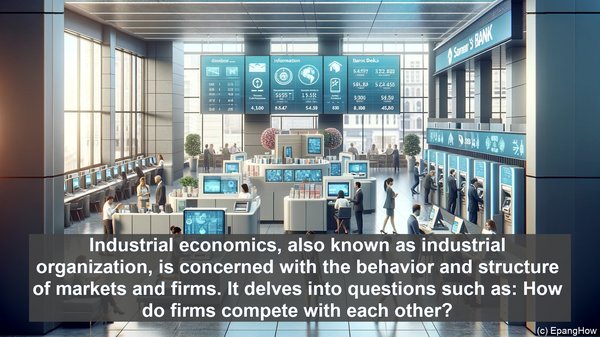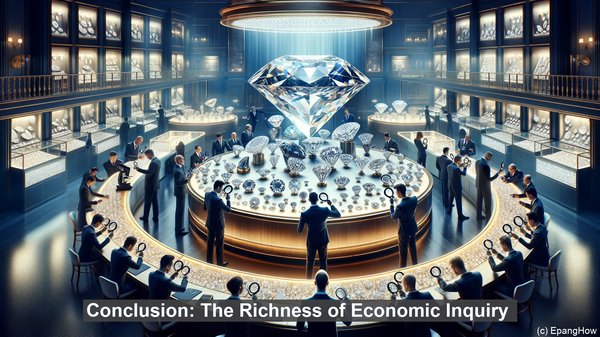Introduction: The Vast Landscape of Economics
Hello everyone, welcome to today’s article. Economics, as a discipline, encompasses a wide range of subfields, each with its own distinct focus. Two such subfields are industrial economics and labor economics. While they both fall under the umbrella of economics, they delve into different aspects of economic activity. In this article, we’ll explore the differences between these two subfields, their unique concerns, and how they contribute to our understanding of the economy as a whole.
Industrial Economics: The Study of Markets and Firms
Industrial economics, also known as industrial organization, is concerned with the behavior and structure of markets and firms. It delves into questions such as: How do firms compete with each other? What factors influence market concentration? What are the barriers to entry in a particular industry? By examining these aspects, industrial economists seek to understand the dynamics of markets and the implications for consumer welfare. They also explore topics like pricing strategies, market power, and the impact of regulations on industry outcomes.
Labor Economics: The Study of the Workforce
On the other hand, labor economics focuses on the labor market and the behavior of workers and employers within it. It addresses questions such as: What determines wages? How do individuals make decisions regarding work, such as whether to participate in the labor force or pursue further education? What are the implications of technological advancements for employment? Labor economists also examine issues like income inequality, discrimination in the workplace, and the impact of labor market policies.

Interconnections: How Industrial and Labor Economics Overlap
While industrial economics and labor economics have their distinct concerns, there are areas where they intersect. For example, the structure of the labor market can have implications for market competition. A highly concentrated labor market may give employers more bargaining power, potentially affecting wages and working conditions. Similarly, changes in industry structure, such as the rise of a dominant firm, can have repercussions for the workforce. Understanding these interconnections is crucial for comprehending the broader economic landscape.

